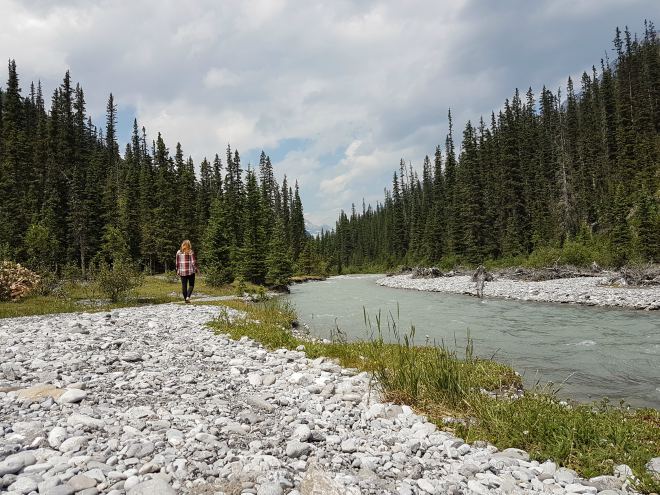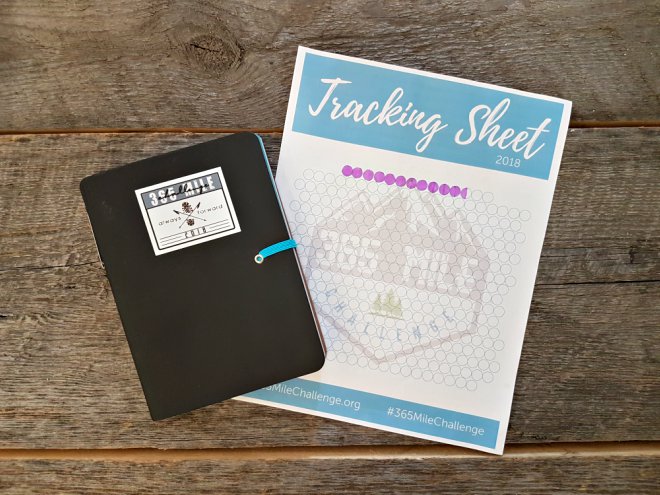5 THINGS YOU SHOULD DO BEFORE EVERY OUTDOOR ADVENTURE
Whether you’re heading out on a quick hike with friends or tackling a multi-day paddling trip solo, there are a few things you should do before every outdoor adventure.
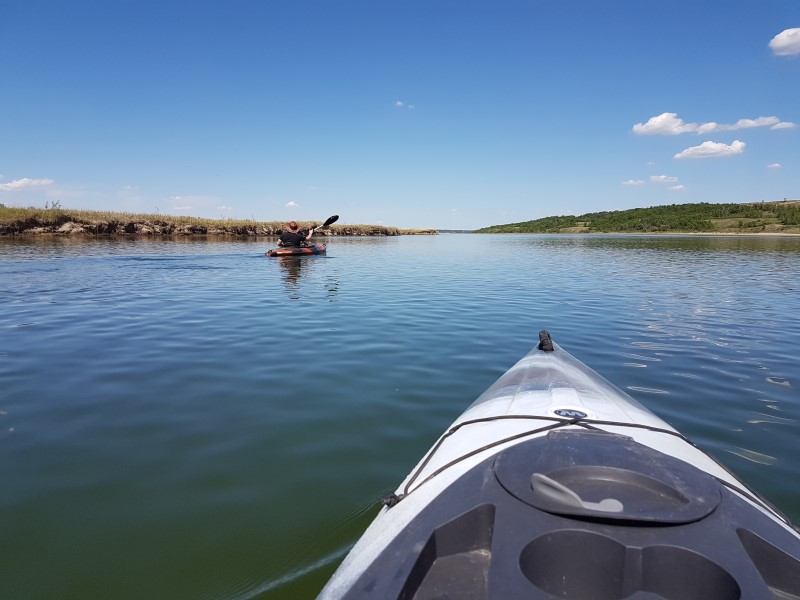
It’s all too easy to become complacent or to fall into the trap of thinking your adventures aren’t “extreme” enough to worry too much. But we all know that things can happen when we least expect it.
This post may include affiliate links. As an Amazon Associate I earn from qualifying purchases. Find more info in my privacy policy.
Making these five simple steps a habit before every outing will help keep you safer in the backcountry and you’ll be glad you did them if something unexpected pops up.
TELL SOMEONE WHERE YOU ARE GOING
Someone you trust should always know your plans. For shorter outings in familiar areas, this might be as simple as sending a friend or family member a quick text letting them know where you’re going, what you’re doing, and when you expect to return.
For longer or riskier trips, you might want to leave a more detailed trip plan including a map with your planned route and a detailed equipment and supplies list (which can be helpful to search and rescue teams, should they need to get involved at some point).
Make sure you set clear parameters for when your contact should take action if you have not checked in at the expected time. Let them know how much of a time buffer they should allow before they contact emergency services and provide the number of the appropriate place to contact if you do not return (ie police, park’s office, search and rescue, etc.).
AdventureSmart has a handy electronic trip planner tool you can fill out and email to your contacts.
If you are making your own plan, be sure to include:
- Date/time for when you’re leaving and when you expect to return
- Who you’re going with
- The activity (or activities) you plan to do
- Location and route you plan to take
- Equipment and supplies list
- Emergency contact plan (who to call and when to call them)
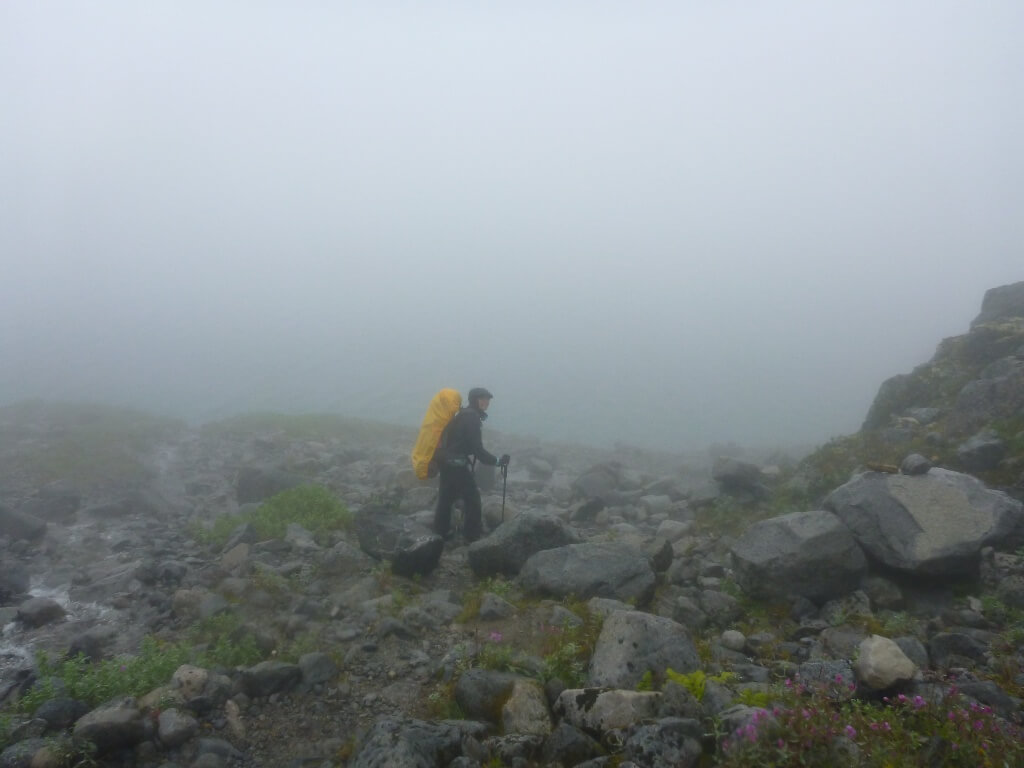
CHECK THE WEATHER
Even if you’ve been keeping an eye on the forecast leading up to your trip, it’s always a good idea to check it again right before you head out. That way you can catch any last-minute updates or changes that might spur you to rethink what you’re packing or whether you should go out at all.
Of course, weather is variable and forecasts can be inaccurate (even in the short term) so you should always pack accordingly. But this last-minute check is more to see if there are any major or potentially dangerous weather events that cropped up or intensified since your last weather check.
CHECK FOR TRAIL UPDATES
Similar to the last-minute weather check, you should also look for any trail or route updates prior to heading out. Look for both official announcements from the organization or government body who oversees the trail, and for accounts of individuals who have been out recently.
Depending on the trail or area, these can potentially be found through a park or trail association website, Facebook groups, forums, local hiking/kayaking/biking groups, etc.
Check for things like trail closures, changes to conditions (such as extreme mud, flooding, washouts, rockslides, etc.), and unusual risks (heightened wildlife activity, dangerous human activity in the area, etc.).
Gathering the most recent information possible can help you better adjust your gear choices and potentially even save you the drive to a trailhead just to find out it’s closed.
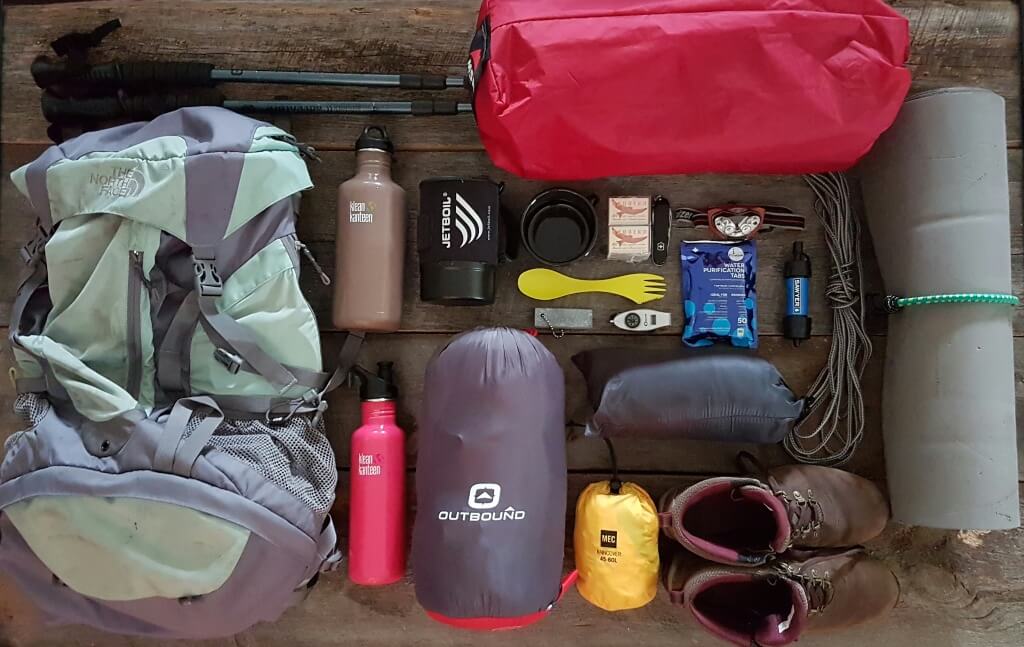
INVENTORY YOUR PACK
For those of us who head out on regular adventures, it is so easy to just grab your day pack and hit the trail assuming that you have everything you need. I recommend doing a quick inventory of your pack before every outing.
Take a minute to go through and see what you actually have in there for equipment, tools, and supplies. This can help avoid a situation where you get stuck in the rain without a raincoat (that you could have SWORN was in there) or grab a headlamp only to realize its dead.
Things to check:
- Do a quick inventory of your gear – add or remove items as needed for the activity.
- Check equipment for any damaged or broken items that need to be repaired.
- Check consumables to see if they are expired or need to be replaced or topped up (stove fuel, first aid supplies, food, water, matches, etc.)
- Check the battery level on electronics and rechargeable devices. Charge or replace batteries as needed.
PACK THE 10 ESSENTIALS
While doing your pack inventory, make sure you have items that cover the 10 Essential systems. These are items that should always be carried to deal with extreme or unexpected emergency situations that could leave you stuck out in the backcountry for an extended period of time.
If you need a refresher, check out my article here: 10 Essentials For Any Outdoor Adventure.
These five simple steps will go a long way to ensuring you are better prepared and ready for almost anything the backcountry can throw at you. Taking a few minutes to run through these before each outing will help you have a safer and more enjoyable trip – don’t skip them!
For more on staying safe in the outdoors, check out these articles:





